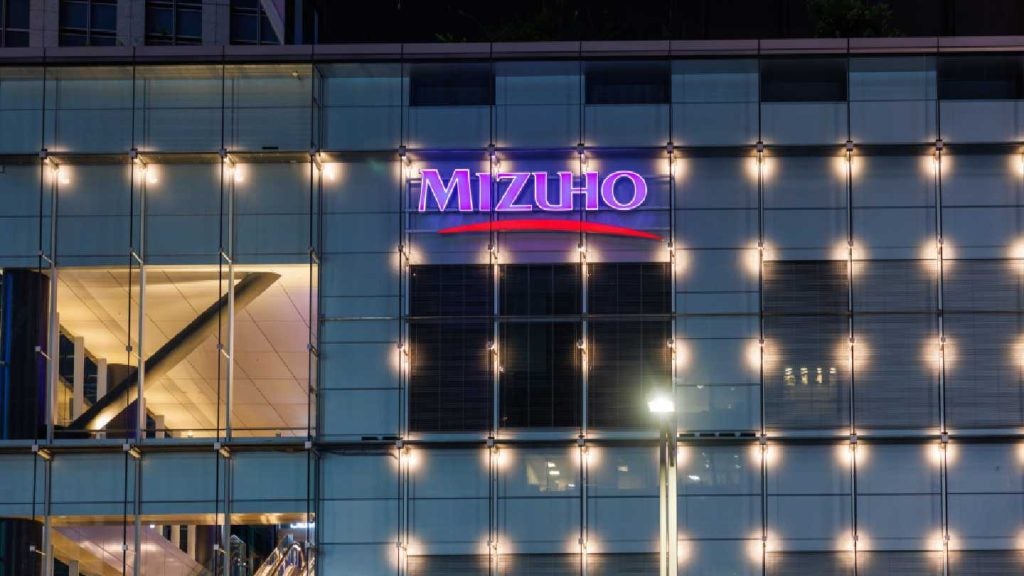Swiss lender UBS looks to obtain a licence in mainland China to launch its digital banking platform.
UBS Asia-Pacific head Edmund Koh sees China’s framework digital banking rules in place by June or July, according to the South China Morning Post.

Access deeper industry intelligence
Experience unmatched clarity with a single platform that combines unique data, AI, and human expertise.
He believes that the application by UBS for a majority-owned digital bank licence will gather momentum at that time.
“We need scale, and I’m going to get that scale for UBS, working together with the Chinese authorities,” Koh noted.
The bank intends to launch the platform globally after incubating it in China.
If it gets the licence, UBS will follow in the footsteps of Tencent as well as Alibaba in offering low-cost financial services.

US Tariffs are shifting - will you react or anticipate?
Don’t let policy changes catch you off guard. Stay proactive with real-time data and expert analysis.
By GlobalDataAccording to Koh, digital banking services could reduce the wealth management client acquisition cost of UBS to $60.
Usually, this costs around $25,000 for UBS.
Koh also intends to expand the bank’s Asia client base to 200,000 from 30,000 in two years after getting the licence.
In Switzerland, UBS already offers an online digital platform.
However, in Asia, the bank does not target mass affluent customers yet.
With a digital platform, the bank intends to target China’s middle class with a balance of $100,000 to $200,000. It plans to initially provide them Chinese securities along with mutual funds.







